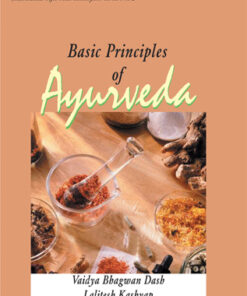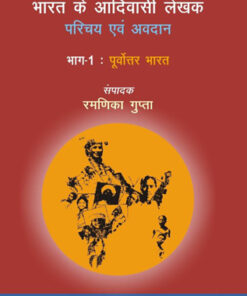Description
About The Book: Lucknow: Buildings, Begums and The British is not about history; rather it is a book on heritage – defined as the legacy of physical artefacts and intangible attributes inherited from past generations. As a city, Lucknow has witnessed many upheavals during the last three centuries; from being the seat of Nawabi pomp and show to the imperiousness of Colonial rule. From being described as the “Constantinople of the East” to being decimated, demolished and “fairly improved off the face of this earth.” Instead of focussing on the well-known monuments of Lucknow, few errant rulers and the 1857 Siege, the author has focussed on lesser-known aspects of the city, embellishing the text with interesting trivia and tit-bits of information, accompanied by rare vintage images – in an attempt to present a holistic picture of the city’s turbulent past. Front Jacket Illustration: Nasir-ud-Din Haider, second King of Awadh with British Resident Col. John Low and Asst. Resident, Capt. James Paton, after a lost oil painting, possibly by Alexandre Benoit Jean Dufay de Casanova (1770–1844). The Chattar Manzil palace in the backdrop was the official residence of the Begums of Awadh, Orientations Magazine, Hong Kong. Rear Jacket Illustration: Ghazi-ud-Din Haider, first King of Awadh at a banquet with British Resident Mordaunt Ricketts (green jacket) and his wife Charlotte, with other court officials; gouache and gold on paper, unidentified artist, circa 1840.







